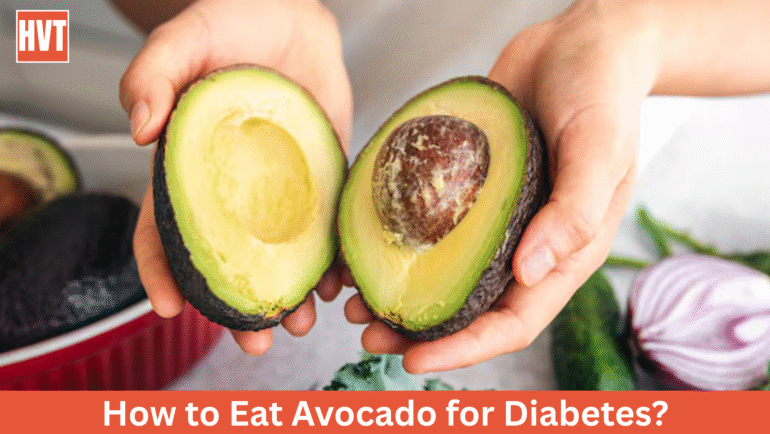
CUSTARD APPLE (Sitaphal): Creamy Superfruit & Natural Antioxidant Secrets
Custard Apple, also known as Sitaphal in India, is a creamy, sweet fruit that lives up to its dessert-like name. Its soft, custard-like flesh is rich in natural sugars, fiber, and essential vitamins, making it both indulgent and nourishing.
Packed with vitamin C and potassium, this seasonal fruit can support immunity and heart health while satisfying your sweet tooth naturally.
What is Custard Apple (Sitaphal)?
Custard apple (Annona squamosa)[1], commonly called Sitaphal in India, is a tropical fruit native to the Americas but now widely grown across Asia, Africa, and the Caribbean. It thrives in warm climates and is typically harvested from September to December in India.
A fun cultural anecdote: In many parts of India, Sitaphal is associated with mythology. The name is believed to have come from “Sita’s fruit,” after Goddess Sita from the Ramayana[2]. In rural markets, families often gather during harvest season to buy this fruit by the basket, a seasonal tradition that makes it especially nostalgic for many.

What Does Custard Apple Taste Like?
If you’ve never tried custard apple, imagine a blend of banana, pineapple, and pear—all wrapped in a soft, creamy texture.
The flesh is smooth, almost like pudding, while the flavor balances rich sweetness with subtle tropical notes. The outer skin is green and scaly, but inside you’ll find white, velvety pulp dotted with black seeds.
Its melt-in-the-mouth quality is what makes it a true delicacy.
Custard Apple Nutrition Facts
Here’s the nutritional breakdown for 100 grams of raw custard apple (USDA)[3]:
| Nutrient | Amount per 100g | % Daily Value* |
|---|---|---|
| Calories | 94 kcal | 5% |
| Carbohydrates | 23.6 g | 8% |
| Dietary Fiber | 4.4 g | 18% |
| Protein | 2.1 g | 4% |
| Fat | 0.3 g | <1% |
| Vitamin C | 19.2 mg | 32% |
| Potassium | 247 mg | 7% |
| Magnesium | 21 mg | 5% |
Key nutrients to note:
- Vitamin C: Boosts immunity and helps your body fight oxidative stress.
- Fiber: Supports digestion, satiety, and blood sugar regulation.
- Potassium: Aids in controlling blood pressure and heart function.
Health Benefits of Custard Apple
1. Boosts Immunity: Its high vitamin C content strengthens your immune defenses and reduces vulnerability to infections[4] [5].
2. Supports Digestive Health: With over 4 grams of fiber per 100g, custard apple promotes bowel regularity and feeds healthy gut bacteria[5].
3. Good for Heart Health: Potassium and magnesium work together to regulate blood pressure and improve cardiovascular function[5].
4. Natural Energy Booster: Its natural sugars provide a quick energy lift without processed additives, making it a perfect mid-day snack[4].
5. Antioxidant Protection: Rich in flavonoids and polyphenols, custard apple may protect against oxidative stress and reduce the risk of chronic diseases[4].
6. May Support Brain Function: The fruit’s vitamin B6 content helps regulate neurotransmitters like serotonin and dopamine, supporting mood and cognition.
How to Eat Custard Apple (Sitaphal)
Eating custard apple is easy but requires some care:
- Slice the fruit in half and scoop out the creamy flesh with a spoon. Avoid the hard black seeds—they are inedible.
- You can enjoy it fresh, blend it into smoothies, or even add it to desserts.
Simple recipe ideas:
- Sitaphal milkshake: Blend custard apple pulp with chilled milk and a touch of honey.
- Custard apple ice cream: Freeze the pulp and churn it with cream for a naturally sweet frozen treat.
- Fruit bowl: Combine sitaphal with banana and pomegranate for a nutrient-dense snack.
Nutritionist’s tip: The pulp pairs beautifully with yogurt—it’s a healthier alternative to store-bought flavored yogurts.

How to Store Custard Apple to Keep It Fresh
- Ripening: If unripe, leave the fruit at room temperature until the skin turns slightly brownish-green and soft to the touch.
- Refrigeration: Once ripe, store it in the refrigerator and consume within 2–3 days for the best taste.
- Freezing: Remove the pulp and freeze it in an airtight container. It can last for weeks and be used in smoothies or desserts.
A chef’s trick: Wrap custard apples in newspaper to ripen them evenly and faster.
Possible Side Effects or Precautions
Side Effects
- Excess Calories: High natural sugar content can contribute to weight gain if eaten in large quantities.
- Digestive Discomfort: Too much fiber may cause bloating or gas.
- Allergic Reactions: Rarely, some people may experience itching or swelling after consuming.
- Unripe Fruit Issues: Eating unripe custard apple may cause stomach upset due to tannins.
Precautions
- Diabetics: Should monitor portion sizes because of its natural sugar content.
- People with Obesity: Best consumed in moderation as part of a balanced diet.
- Children: Seeds should always be removed, as they can be a choking hazard.
- Pregnant Women: Safe to eat in moderation, but always consult your healthcare provider for dietary advice.
Fruits Similar to Custard Apple
- Cherimoya (Annona cherimola): A close cousin with an even creamier texture.
- Soursop (Graviola): Similar taste but slightly tangier and often used in juices.
- Banana: Comparable sweetness and soft texture.
- Pear: Mild sweetness and grainy-soft flesh when ripe.
Common FAQs About Star Fruit
1. Is custard apple good for weight loss?
Yes, in moderation. Its fiber keeps you full, but its high natural sugar means portion control is key.
2. Can diabetics eat custard apple?
Yes, but in small portions. The fiber helps slow sugar absorption, but always check with your doctor if you have diabetes.
3. What is the best way to pick a ripe custard apple?
Choose fruits with slightly soft skin and a pale green-to-brownish color. Avoid hard or cracked fruits.
4. Can you eat custard apple seeds?
No. The seeds are toxic and should always be discarded.
Conclusion
Custard apple (Sitaphal) is a seasonal delight that combines indulgent sweetness with impressive nutrition. From boosting immunity to supporting digestion, this creamy fruit has much to offer. Just remember to enjoy it in moderation, remove the seeds, and savor its unique flavor. Next time you see sitaphal in the market, pick one up—you’ll be treating yourself to both tradition and health.
References
- [1] https://en.wikipedia.org/wiki/Annona_squamosa
- [2] https://en.wikipedia.org/wiki/Ramayana
- [3] https://www.nutritionix.com/i/usda/custard-apple-bullocks-heart-raw-100-g/ddee7143b212a06207a5d338
- [4] https://pmc.ncbi.nlm.nih.gov/articles/PMC8143160/
- [5] https://www.researchgate.net/publication/385065691_Custard_Apple_Annona_squamosa_L_Exploring_its_Health_Benefits_and_Medicinal_Properties








